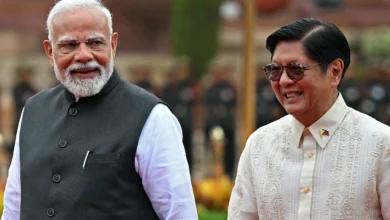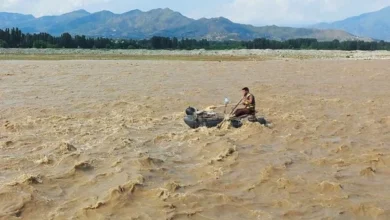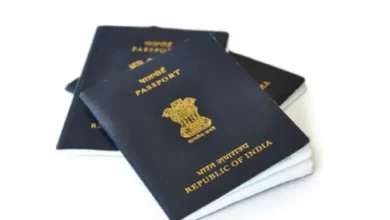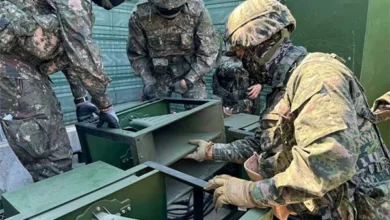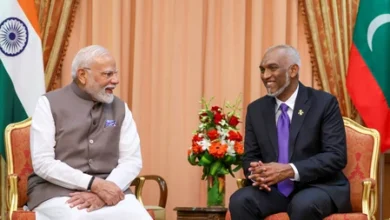Tough Times Ahead For Shehbaz Sharif: China To Recover Billions Of BRI Loans From Its Largest Beneficiary Pakistan

Tough Times Ahead For Shehbaz Sharif:China will turn from a capital provider to a debt collector of 75 developing countries, including the world’s poorest and most vulnerable, this year as they are due to pay back a record USD 22 billion in loans owed to Beijing, according to data released by an Australian think tank.
China has become the leading debt collector of developing countries, shifting from a net capital provider, “as bills coming due from its Belt and Road lending surge in the 2010s now far outstrip new loan disbursements”, the latest research report of the Australian think tank, the Lowy Institute, said. The significant development came as Pakistan, a major beneficiary of Beijing’s loan, has been reeling under an economic crisis. This would pose a serious threat to Shehbaz Sharif-led government as Beijing may force Islamabad to pay dues.
In 2025, about 75 of the world’s poorest and most vulnerable countries will make “record high debt repayments” totalling USD 22 billion to China as a result of peaks in new loan commitments made from 2012 to 2018, the report said.
Tough Times Ahead For Shehbaz Sharif:Pakistan has largest share of loan from China
Last year, China became the largest creditor of Pakistan, Beijing’s all-weather ally, with almost USD 29 billion in loans, according to a World Bank report. China had the single largest share of debt to Pakistan with 22 pc share (about USD 28.786bn), followed by the World Bank’s 18pc share (USD 23.55bn) and the Asian Development Bank’s 15pc share (USD 19.63bn), it said. This year, Pakistan is expected to have significant debt rollover and repayment needs, with estimates ranging from USD 22 billion to over USD 30 billion in external debt maturing.
In March, Beijing, which is pursuing a USD 60 billion China-Pakistan Economic Corridor (CPEC) rolled over a USD two billion loan for Pakistan, one of several such rollovers in the last few years.
Tough Times Ahead For Shehbaz Sharif:China economic slowdown
For its part, China which itself is facing an economic slowdown at home has trimmed its future BRI investments from mega projects to “small but beautiful” undertakings. The BRI, proposed by China in 2013, aims to build a trade and infrastructure network connecting Asia with Europe, Africa and beyond.
China faces a dilemma and growing diplomatic pressure to restructure unsustainable debt besides mounting domestic pressure, particularly from its quasi-commercial institutions, to recover outstanding debts, according to the report prepared by Riley Duke. Duke said that the research was being published now because China’s Belt and Road Initiative (BRI) lending spree peaked in the mid-2010s, and those grace periods began expiring in the early 2020s – a likely “crunch period” for developing-country repayments to China.
How China’s shift to chief debt collector will impact its reputation as a development partner remains to be seen, the Hong Kong-based South China Morning Post quoted Duke as saying.
Tough Times Ahead For Shehbaz Sharif:China responds to report
On Tuesday, the Chinese Foreign Ministry sought to play down the report, saying that a handful of countries are spreading rumours against Chinese loan assistance to developing countries.
China’s investment and financing cooperation with the developing countries is in line with the international common practices, the market principles and the principle of debt sustainability, Foreign Ministry spokesperson Mao Ning told a media briefing here while commenting on the report.
A handful of countries are spreading the rumours, citing China’s threat, but they don’t talk about the fact that multilateral institutions are the major creditors of developing countries and the source of the debt repayment, she said. Under its influential BRI initiative, the signature initiative of President Xi Jinping, China has doled out billions of dollars of loans to dozens of infrastructure projects in developing countries to further its global influence. However, the investments attracted criticism of being debt traps after China acquired Sri Lanka’s Hambantota port for a 99-year lease as a debt swap.
Tough Times Ahead For Shehbaz Sharif:China remains the largest bilateral lender
Several recipient countries struggled to pay back the loans for the projects, especially after the COVID-19 pandemic and the resultant economic crisis and poor viability of the undertakings. In 54 of 120 developing countries with available data, debt-service payments to China now exceed the combined repayments owed to the Paris Club – a bloc that includes all major Western bilateral lenders, the report said. The research showed that China remains the largest bilateral lender in seven of its nine land neighbours: Laos, Pakistan, Mongolia, Myanmar, Kazakhstan, Kyrgyzstan and Tajikistan. “A majority have received new Chinese loan commitments since 2019 and together account for a quarter of all disbursements since China’s lending downturn began in 2018,” Duke added.
